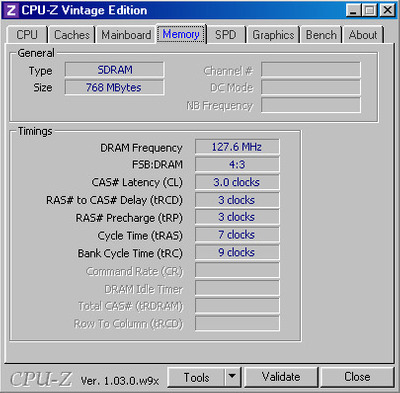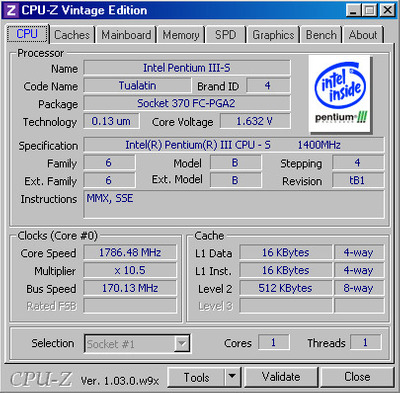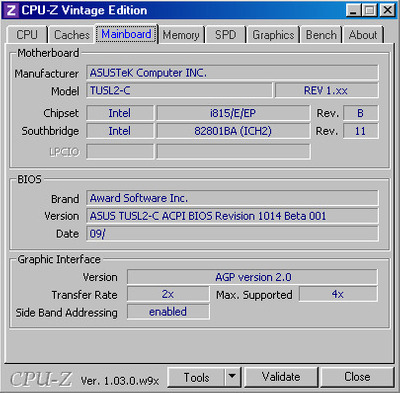First post, by mbarszcz
I learned the hard way that my Asus P2B-F and P3B-F motherboards only support the dual-sided, low-density SDRAM (16 chips, 8/side). All the documentation I've read after the fact backs this up. However I thought an Asus TUSL2-C (Intel 815EP chipset with Tualatin support) should also be work properly with the newer single-sided, high density SDRAM.
From the Asus TUSL2-C manual it states that there is a max memory limit of 512MB. It is a bit ambiguous as to exactly what is supported, but the text from the manual says: "Single-sided DIMMs come in 16, 32, 64, 128, 256MB; double-sided come in 32, 64, 128, 256, 512MB." I would assume that this means single and double sided should both be supported.
I have a handful of Kingston KVR133X64C2/256 single sided, 256MB, single Sided, PC133 CL2 sticks but just like they do in the in the 440BX mobos, in the Intel 815 they only show up as half-capacity in the TUSL2-C.
From this website: https://vistech.net/~champ/online-docs/books/ … P-5-SECT-3.html,
...you must not install memory that uses higher capacity chips than your chipset supports. For example, the Intel 815 chipset supports 16-, 64-, 128-, and 256-Mbit chips, so an 815-based motherboard could use either the 8-chip or the 16-chip 256 MB DIMM. The Intel 440BX chipset, however, supports only 16-, 64-, and 128-Mbit chips, so a 440BX-based motherboard could use only the 16-chip 256 MB DIMM. Attempting to install a DIMM that uses higher capacity chips than the chipset supports has unpredictable consequences. Sometimes, the system will simply refuse to recognize the DIMM. Other times, the system will recognize the DIMM, but at some fraction (typically half or a quarter) of its actual capacity.
Right from the datasheet it says this DIMM uses eight 32M x 8 chips...so 256Mbit chips. That seems like it should work. Any idea what the issue is here? Is it something in particular about the way these Kingston sticks are setup, are high-density chips on the Intel 815?
Anyone running an Asus TUSL2-C with single sided DIMMs?
Thanks,
Matt


